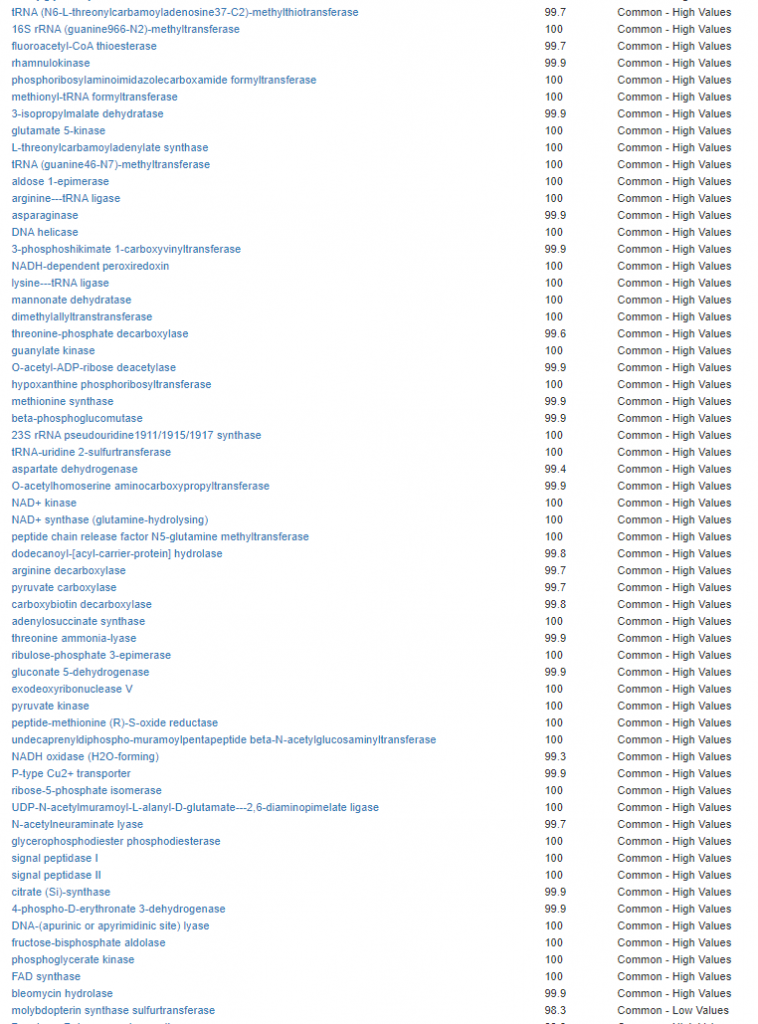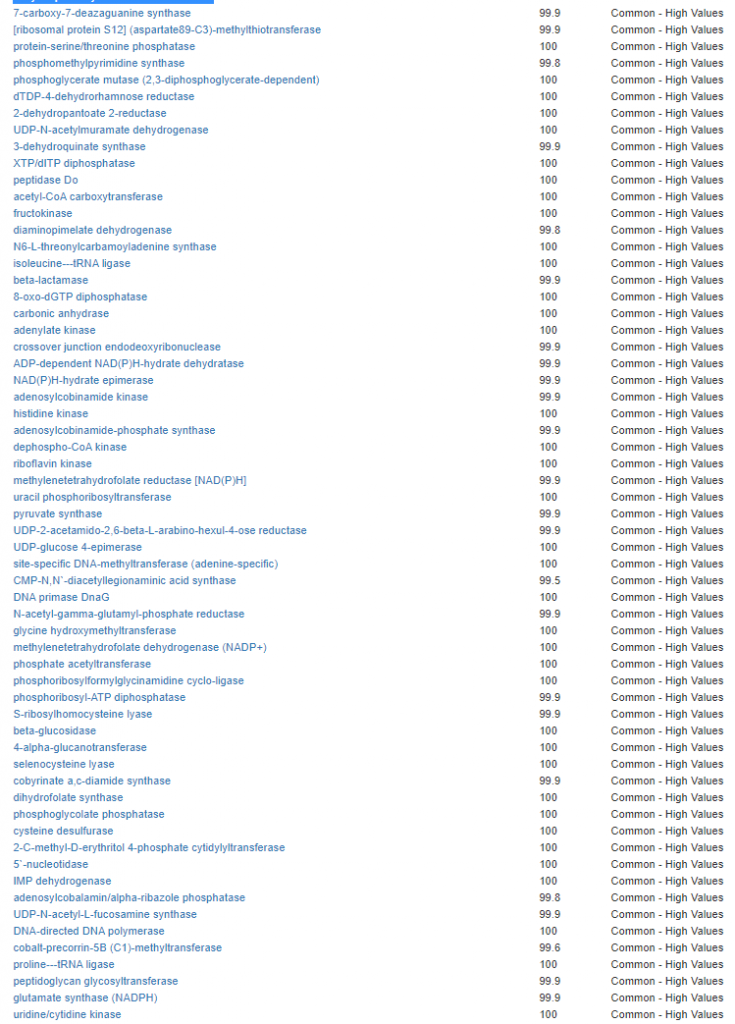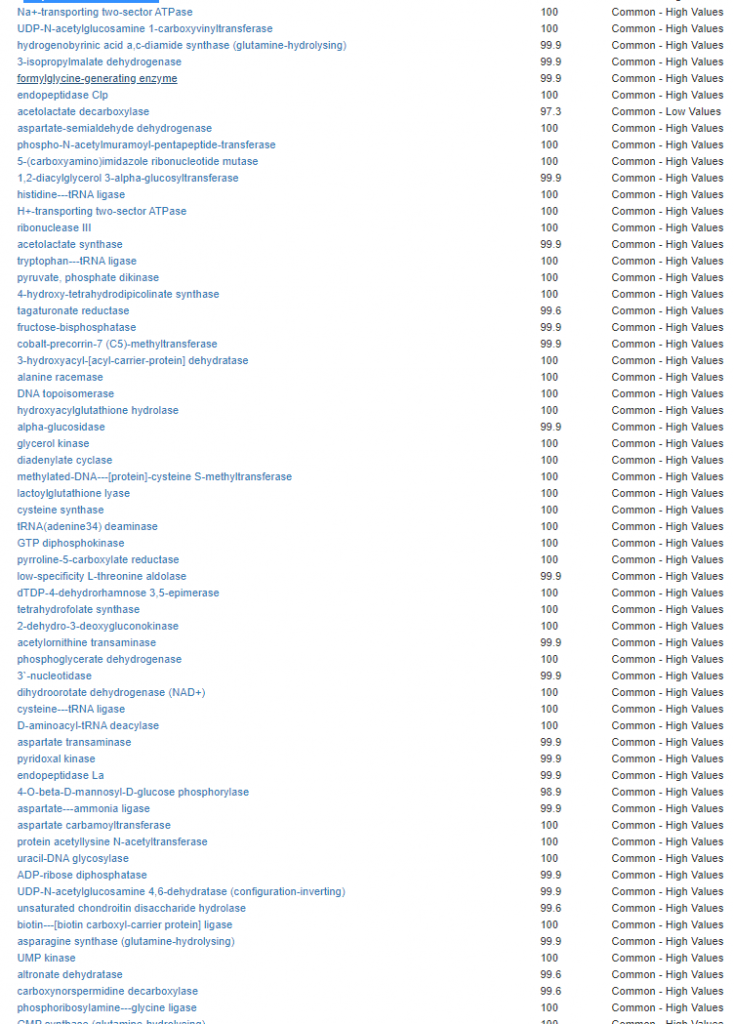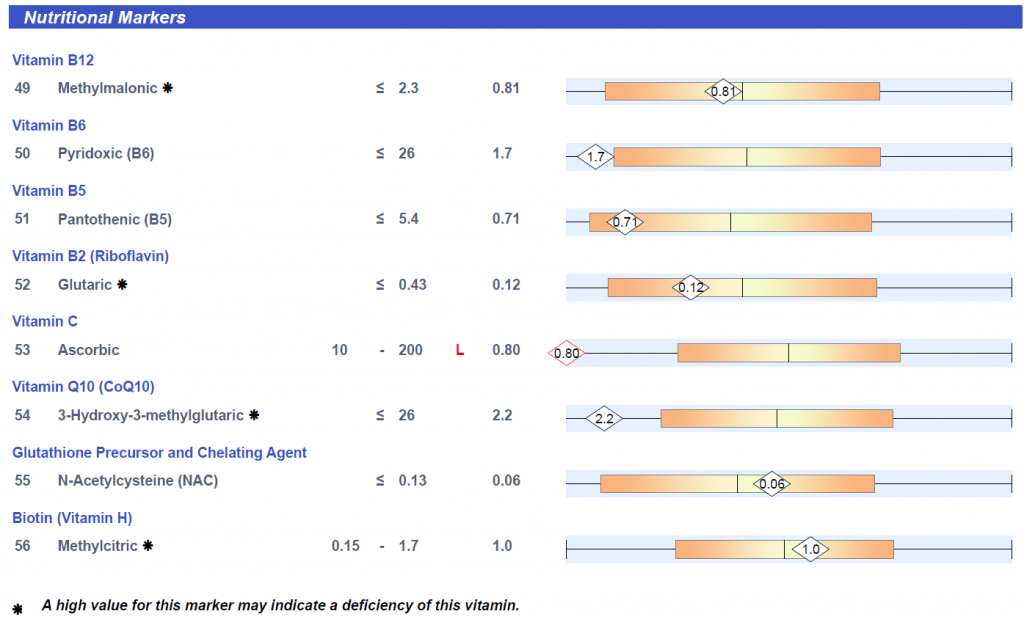As I have mentioned on line, I am a high functioning ASD person. I did not start learning to speak until I has nine (9). “Erling turn off the radio” came out as “Uga turn off the olelio”. I grew up and have always lived in the Seattle WA/Vancouver BC area. People often have assumed that I was an immigrant with a significant accent or that it was acquired from my parents at home.
Wrong, my mother grew up in Calgary, Alberta knowing only English. When people met my father, they often assumed that he had a very very mild scottish accent. Needless to say, people were confused.
During my childhood (before Autism was on most family physician’s radar), I still recall very very vivid meeting of 3 kids who I suspect had more severe autism (or parents who could not cope). Two were on a home visit from a mental asylum. The last one was my age and still had not started to learn to talk (I had)….. “There but by the right parents and family physician (grace of god), could go I”. After meeting these people, the next 10-20 years were terror — because I realized how fragile a life/line that I was on.
I found my autism-compatible niche, mathematics (and later computer science). This is not surprising…
- Autism and Minds Wired for Science (Oxford)
- Distinctive Role of Symbolic Number Sense in Mediating the Mathematical Abilities of Children with Autism [2016]
- Brain Organization Underlying Superior Mathematical Abilities in Children with Autism [2014]
- Autism and Mathematical Talent [2010]
- Autism in mathematicians [2008]
To be honest, I was good at mathematics but I wished a broader life-experience. I left high school with an Arts and Science program. I ended up being only language credits short from having both a B.Sc. and a B.A. (learning languages has always been difficult for me). With a few of my B.A. profs, I had issues because I walked down logical paths and did not pick up that those were politically incorrect to those profs.
Back to Childhood and ASD
I have been messaged on social media by parents with autistic children. To put it mildly, I feel for them (from having been inside that pit). In retrospection AND now realizing what I was dealing with, I like to make some suggestions of paths for parents to consider.
- Puzzle solving and mathematics. This can be a challenge if you are not inclined. Thinking games are a viable start, you may need to learn:
- The games above SHOULD NOT BE PLAYED as a computer game, but face to face with a person. You want the social interaction for your child (all be it light interaction — perhaps just light enough).
- I was playing all of the above by 14 and still have warm positive feeling playing them against friends
- A second area is music. My mother learnt the violin and purchased her own during the dirty 1930’s by working as a seamstress. I still have the violin. I still remember discovering it in a closet and taking to it. During my teenage years with angst, playing it was how I dealt with it. Forget talking things out with friends…. ASD remember! But I could express myself in music.
- Be careful, it may not be any instrument. I did piano too. During the emotional teen years, it was the violin that quieted my soul. The resonance of the string instrument (actually, a viola was a strong match for me) that harmonized with my soul.
- Be careful of non-specific “music therapy”
- Autistic traits, resting-state connectivity, and absolute pitch in professional musicians: shared and distinct neural features [2019]
“These results show that absolute pitch possessors score significantly higher than individuals without absolute pitch in the autism-spectrum quotient.” [2012]
I should state that I do NOT have perfect pitch, if anything, the opposite. If your child have perfect pitch, then a career in music may be an option (especially the type where pitch and not volume is important 😉 )
- Be careful, it may not be any instrument. I did piano too. During the emotional teen years, it was the violin that quieted my soul. The resonance of the string instrument (actually, a viola was a strong match for me) that harmonized with my soul.
- Another area is dance. Organized structured movement. I remember doing square dancing in elementary school as a very pleasing experience. In later years, I did English Country Dances (Playford), Scandinavian Dances, and was active in Historic Dance Performance groups. As with music, it is not any dance form —
- You want it structured/scripted
- You want it to include light social interaction
- You do not want competition (why? Simple — competition bring out social behaviors in normals that will do more harm than good)
- I would not advise the following dance forms:
- Jazz – lack of structure and social interaction
- Competitive Ballroom
- Ballet
- Pre-screen the teacher and the class. If the teacher’s goal is to make the students ready for competition…. try elsewhere.
- Read aloud to the child poetry with a strong rhyming and structure. Repeat and encourage the memorization of the poem
- I was always attracted to those
- In time, the child will likely learn it, perhaps initially, with only clapping along with the words.
- Today, one of my favorite podcasts is The History of English Podcast. I still love reading aloud poems or books with strong pattern.
- In high school, a friend and I would be doing required laps in Physical Education, he would recite the Canterbury Tales from memory during this required activity. There was a strong attraction to the sound of the tales
Bottom Line
Our family physician (kept him until I was in the 30’s when he retired) advice to my parents were simple, “Let him be, he will find his own path”. “Be hesitancy supportive, being too supportive will backfire/overwhelm him”.
My parents (father especially, my mother was much more willful — but fortunately issues with my older normal brother distracted her from me!) gave me a beginning and then a string of encouraging supportive teachers at High School. At university, supportive profs were rare – uni is high competitive for positions.
In elementary school I was usually a C- (or worst) student. There was one “pedantic teacher”, Ms. Schooley, in High School who really helped me structured school work and resulted in graduating with a B average. Her pedantic “now take a ruler and….” in Grade 10 was made fun of by many students…. but it really helped me. At Uni, I was spitting distance of having a 1st class average — not bad, considering that I was working 40 hrs per week and going to class! Then on to a M.Sc. and accepted for a Ph.D. but did not start (work offer tempted me away). My career is on LinkedIn – not bad for ASD. The key was to flow with my strength and avoid my weakness (and ignore social pressure of what I should be doing)
I hope this, my view from the inside, will help you and your child.




































Recent Comments